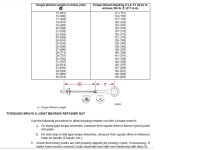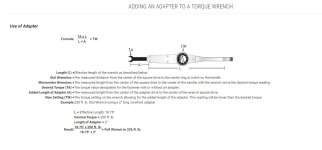Hey all,
I am in the process of rebuilding my alpha one sterndrive and I am following along with the service manual. I have completed the shimming procedure using the appropriate tools for the drive gears in the upper housing. Also, I have made sure that the proper torque has been set for the upper driveshaft, cap, and lock nut on the drive gear assembly. After assembly was complete for the upper housing I noticed some resistance when trying to spin the yoke shaft, am I suppose to have some resistance or should I be able to spin it with minimal effort?
Best, Dan
I am in the process of rebuilding my alpha one sterndrive and I am following along with the service manual. I have completed the shimming procedure using the appropriate tools for the drive gears in the upper housing. Also, I have made sure that the proper torque has been set for the upper driveshaft, cap, and lock nut on the drive gear assembly. After assembly was complete for the upper housing I noticed some resistance when trying to spin the yoke shaft, am I suppose to have some resistance or should I be able to spin it with minimal effort?
Best, Dan



